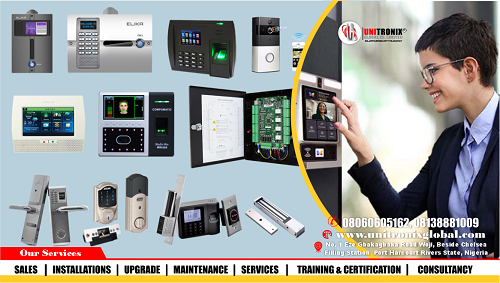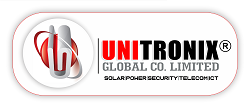FUNDAMENTAL OF PHYSICAL SECURITY TRAINING

Get Trained! Be Certified! Be Employable
FUNDAMENTAL OF PHYSICAL SECURITY TRAINING
WHAT YOU LEARN
Introduction to Physical Security: Definition, importance, and objectives of physical security. Role of physical security in overall security strategy.
Security Threats and Risk Assessment: Identifying common security threats (intrusion, theft, vandalism, etc.). Conducting risk assessments to evaluate vulnerabilities and potential impacts. Security Measures and Layers: Layers of security: deterrence, detection, delay, response. Implementing a combination of measures to create a robust security posture. Access Control Systems: Understanding access control principles and types (physical, electronic, biometric). Designing access control systems for facilities and restricted areas. Perimeter Security: Designing and implementing physical barriers, fences, and gates. Intrusion detection systems for perimeter security. Security Lighting: Importance of proper lighting for deterrence and surveillance. Types of security lighting and placement strategies. Video Surveillance and CCTV: Utilizing video cameras for monitoring and recording. Placement, coverage, and use of CCTV systems. Security Personnel and Guards: Role of security personnel in physical security operations. Hiring, training, and managing security guards. Intrusion Detection Systems: Intrusion alarms and sensors for detecting unauthorized access. Integration with access control and monitoring systems. Locks and Physical Barriers: Types of locks, keys, and physical barriers for securing entrances. Locking mechanisms and security considerations. Visitor Management: Protocols for managing visitors and guests. Visitor registration, identification, and tracking. Emergency Response and Crisis Management: Developing emergency response plans and protocols. Crisis communication and coordination with first responders. Security Policies and Procedures: Establishing and enforcing security policies and protocols. Training employees on security awareness and practices. Security Hardware and Equipment: Safes, vaults, and secure storage for valuables and sensitive items. Selection of security hardware and equipment. Security Assessments and Audits: Conducting security assessments to identify vulnerabilities. Regular audits to ensure compliance with security measures. Security Regulations and Compliance: Legal and regulatory considerations in physical security. Compliance with industry standards and guidelines. Case Studies and Practical Exercises: Analyzing real-world physical security scenarios. Hands-on exercises for designing and implementing security measures.OUR AIM
UNITRONIX TRAINING ACADEMY (UTA) is the training arm of UNITRONIX GLOBAL CO. LIMITED; one of the fastest growing reputable RENEWABLE ENERGY companies in Nigeria. In partnership with the world’s top- rated solar modules manufacturer OEM across the world, we deliver intensive theoretical, practical and on-site installation training in solar energy. Our trainings are delivered in a conducive environment, with experienced professionals and hands-on practical sessions. Our training sessions are very interactive to ensure full understanding of all topics covered. At the end of the training, every trainee will be certified and accredited as a Unitronix Dealer for the purposes of partnership.
BENEFITS OF THIS TRAINING
- Become a certified installer/professional
- Gain employment with premier solar companies
- Engage in business partnerships and mentoring with UTA, the industry’s foremost training institution.
- Stay informed about emerging solar technologies and applications firsthand
- Achieve internationally recognized certification
- Join the UTA alumni network, unlocking exclusive benefits
- Tap into the expertise of our team of skilled engineers
- Attain membership in leading renewable energy associations

